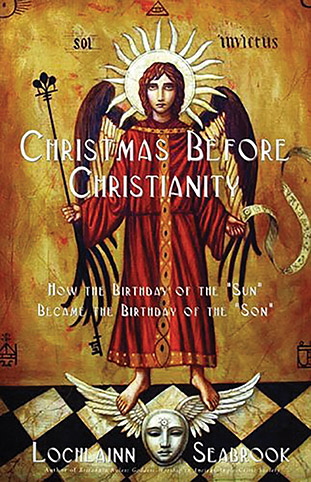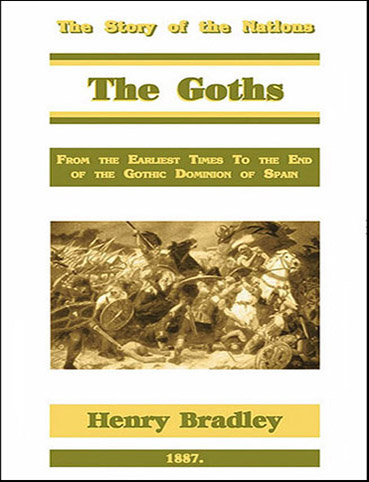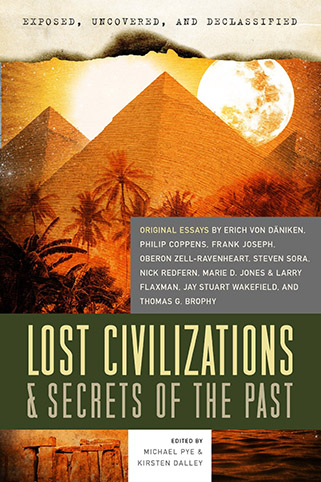Description
“The idol temples of [the pagans] should by no means be destroyed, but only the idols in them. Take holy water and sprinkle it in these shrines, build altars and place relics in them. . . . When this people see that their shrines are not destroyed they shall be able to banish error from their hearts and be more ready to come to the places they are familiar with, but now recognizing and worshipping the true God. . . . It is doubtless impossible to cut everything at once from their stubborn minds.”—Pope Gregory, 7th Century
Find out the truth behind why Jesus, Paul, and John, as well as many of the Church Fathers held that both Christ and His Church have existed from the beginning of time.
This sensational 300-page work will not only provoke discussion, but will also inspire a renewed appreciation for both the religion of our Lord and for the sacred annual celebration of His birth. It’s no secret that Christianity did what all religions do. It evolved, growing from pagan roots and, even after having established its own identity as a stream of religious culture, continued to appropriate from surrounding and established pagan belief systems.
Even the most orthodox Christian theologians and fundamentalists admit that Jesus’s exact birth date is unknown. But it is hard to believe that “there were in the same country shepherds abiding in the field, keeping watch over their flock by night,” as Luke tells us, when the weather would not have permitted it in December. Why then is His birthday observed between late December and early January around the world?
As award-winning author and Bible scholar Lochlainn Seabrook reveals in this fascinating and exhaustively researched work, the answer is to be found in the Goddess-based vegetation religions of prehistory and their astrological reverence for our neighborhood star, the Sun.
Ten years in the making, Christmas Before Christianity explores the pre-Christian foundations of humanity’s most popular holiday, including the many Pagan gods, goddesses, myths, rituals, legends, ceremonies, customs and beliefs that contributed to its creation and development. Special emphasis is placed on ancient Egypt, where a majority of our modern Christmas traditions can be traced.
From every major facet of the Nativity to the décor and traditions of Christmas celebrations, paganism permeates the Christian tradition and His messianic birthday celebration. Even Santa Claus and St. Nicholas were Christianizations of pagan ideas. Seabrook also discloses pagan-rooted celebrations practiced around the globe today.
But Christmas celebrations were not always so well received. Fourth-century Church father Origen strenuously opposed the holiday exactly because of its pagan roots. He believed there were far too many obvious pagan rituals being incorporated into Christian celebrations. You’ll learn about that, too—and more.
Softcover, 300 pages


